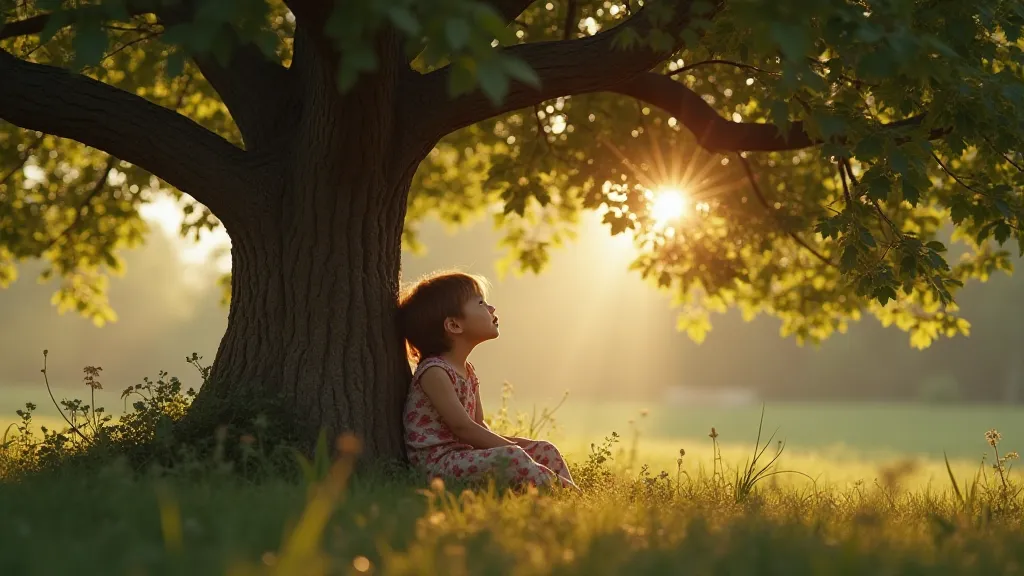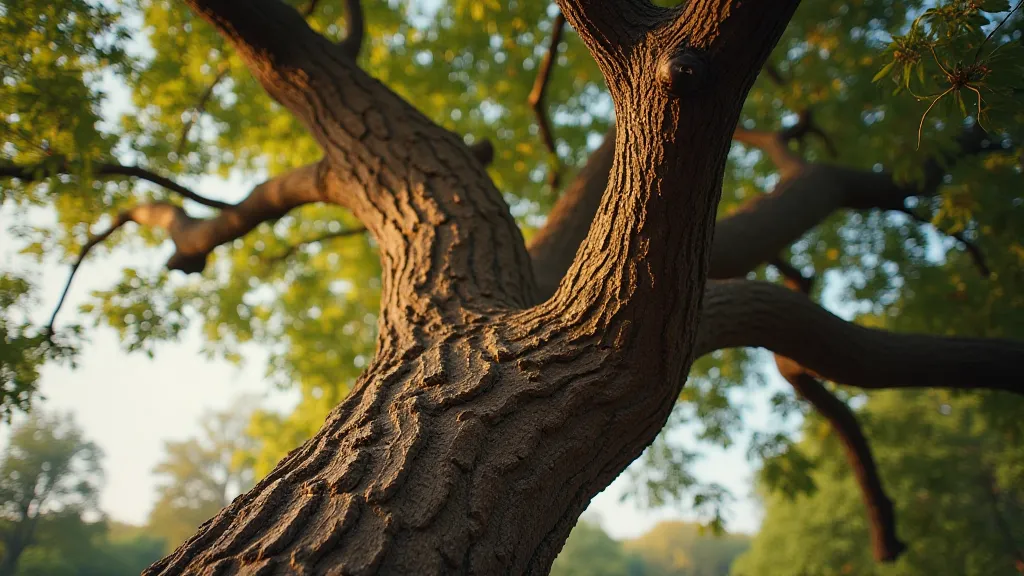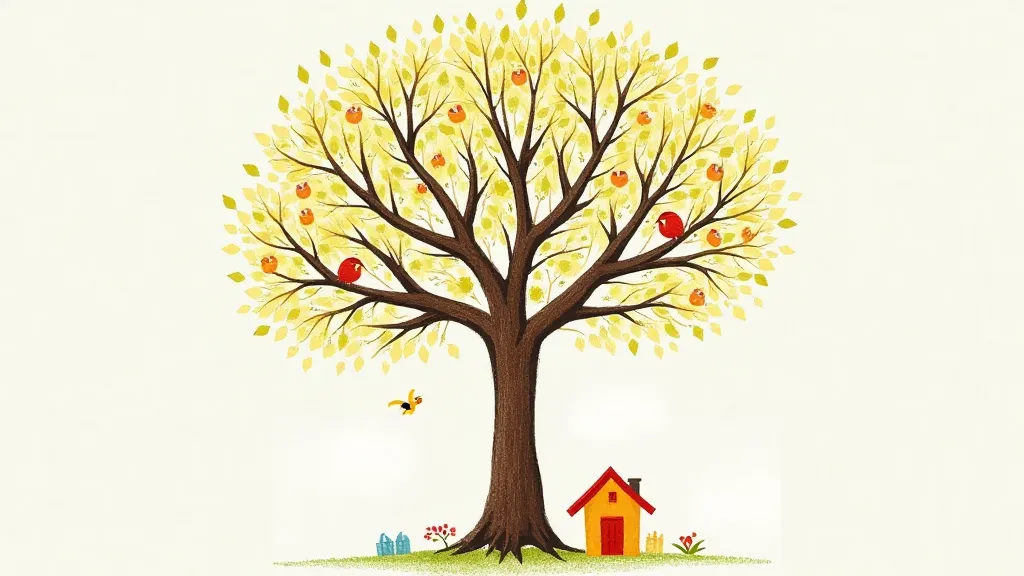Unearthing 'A Tree is Nice' by Janice Lee Carey: A Celebration of Nature's Simplicity
In the vast landscape of children's literature, countless treasures remain largely undiscovered, their charm overshadowed by more commercially successful tales. Among these forgotten gems shines Janice Lee Carey's A Tree is Nice, a picture book published in 1973 that quietly celebrates the beauty and wonder of the natural world. While not considered a "rare book" in the traditional collector's sense, its gentle message and distinctive illustrations have a lasting appeal, deserving a place in the pantheon of children's literature.

The Story’s Gentle Power
A Tree is Nice follows a child's simple observation of a tree and the myriad possibilities it offers. The narrative isn't driven by plot or dramatic conflict. Instead, it focuses on the tree's potential – it can be a place to sit, a place to climb, a shelter from the sun, a home for birds, and a canvas for imagination. The beauty lies in the understated elegance of its message: appreciate the simple things around you.
This deliberate lack of a traditional storyline is what sets A Tree is Nice apart. In an era increasingly dominated by complex narratives, the book offers a soothing balm of simplicity. It encourages young readers to pause, observe, and find joy in the everyday. Its quiet power resonates with both children and adults, reminding us of the profound lessons often found in the simplest of things.
Janice Lee Carey: A Quiet Literary Voice
Janice Lee Carey’s career, while not extensively documented, contributed a unique perspective to children's literature. She demonstrated a keen understanding of what truly captivates young minds – not elaborate narratives or fantastical characters, but authentic experiences and genuine appreciation for the world.
Carey’s other works, while perhaps less well-known, often share this commitment to simplicity and observation. Examining her overall body of work reveals a consistent artistic vision: to illuminate the beauty and wonder inherent in ordinary moments.
The Art of Simplicity: Carey’s Illustrations
The illustrations in A Tree is Nice are as integral to its charm as the text. Carey’s style is characterized by soft, muted colors and a naive quality that evokes a childlike perspective. The depictions of the tree itself are particularly striking – not idealized or romanticized, but rendered with a quiet realism that underscores its natural beauty.

The visual style perfectly complements the text, reinforcing the book’s message of simple appreciation. The illustrations aren't designed to distract or entertain in a flashy way; rather, they serve to enhance the reader's connection to the story and the natural world.
A Book for Our Times
In today's fast-paced world, where children are constantly bombarded with stimulation, A Tree is Nice offers a welcome respite. It's a gentle reminder to slow down, appreciate the beauty around us, and find joy in the simple things. While it may not be a "vintage book" in the sense of a first edition or a collectible item, its timeless message and enduring appeal make it a worthy addition to any child’s bookshelf.

Further Reading
While resources on Janice Lee Carey’s life are scarce, exploring other picture books from the 1970s can provide valuable context. Consider looking for works by authors like Maurice Sendak and Eric Carle to understand the broader trends in children's literature of that era.





